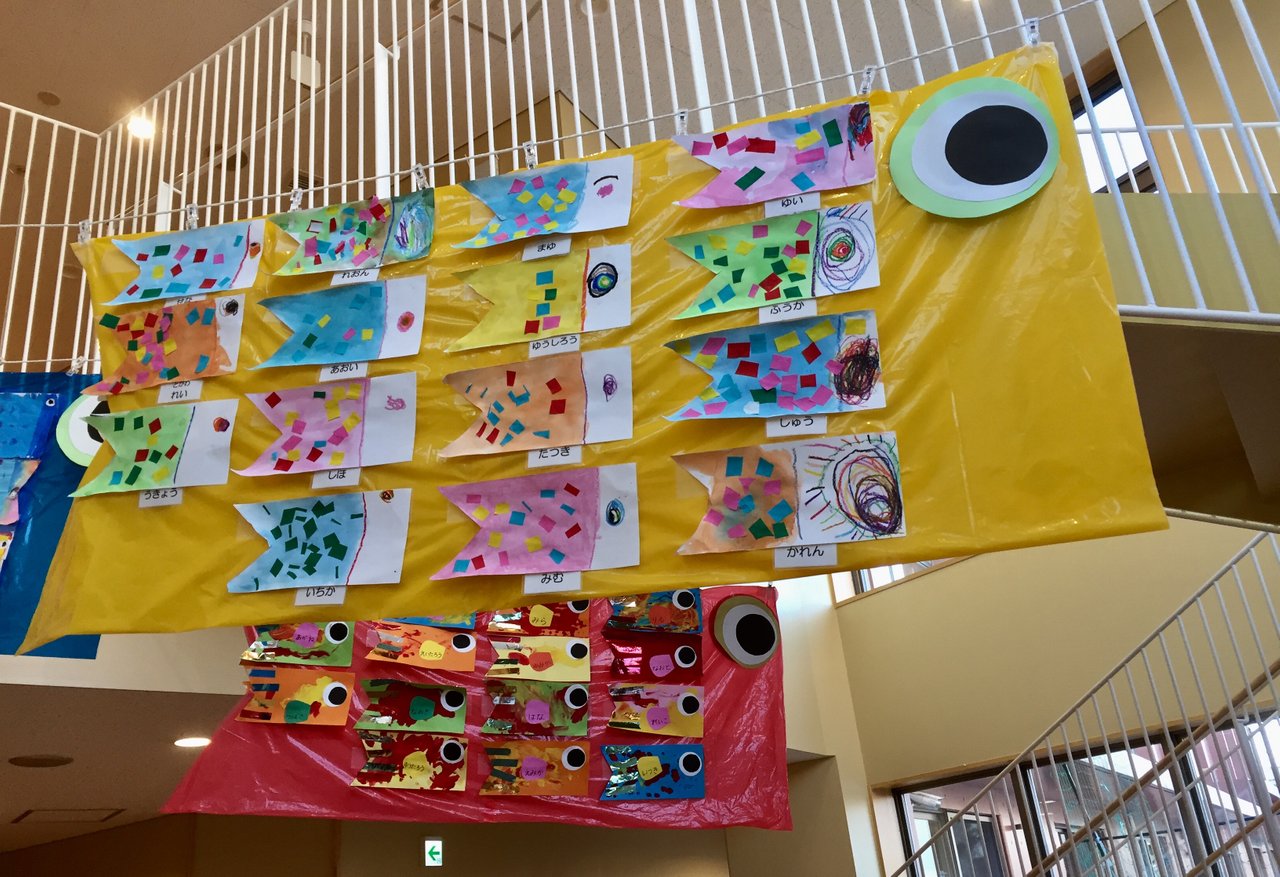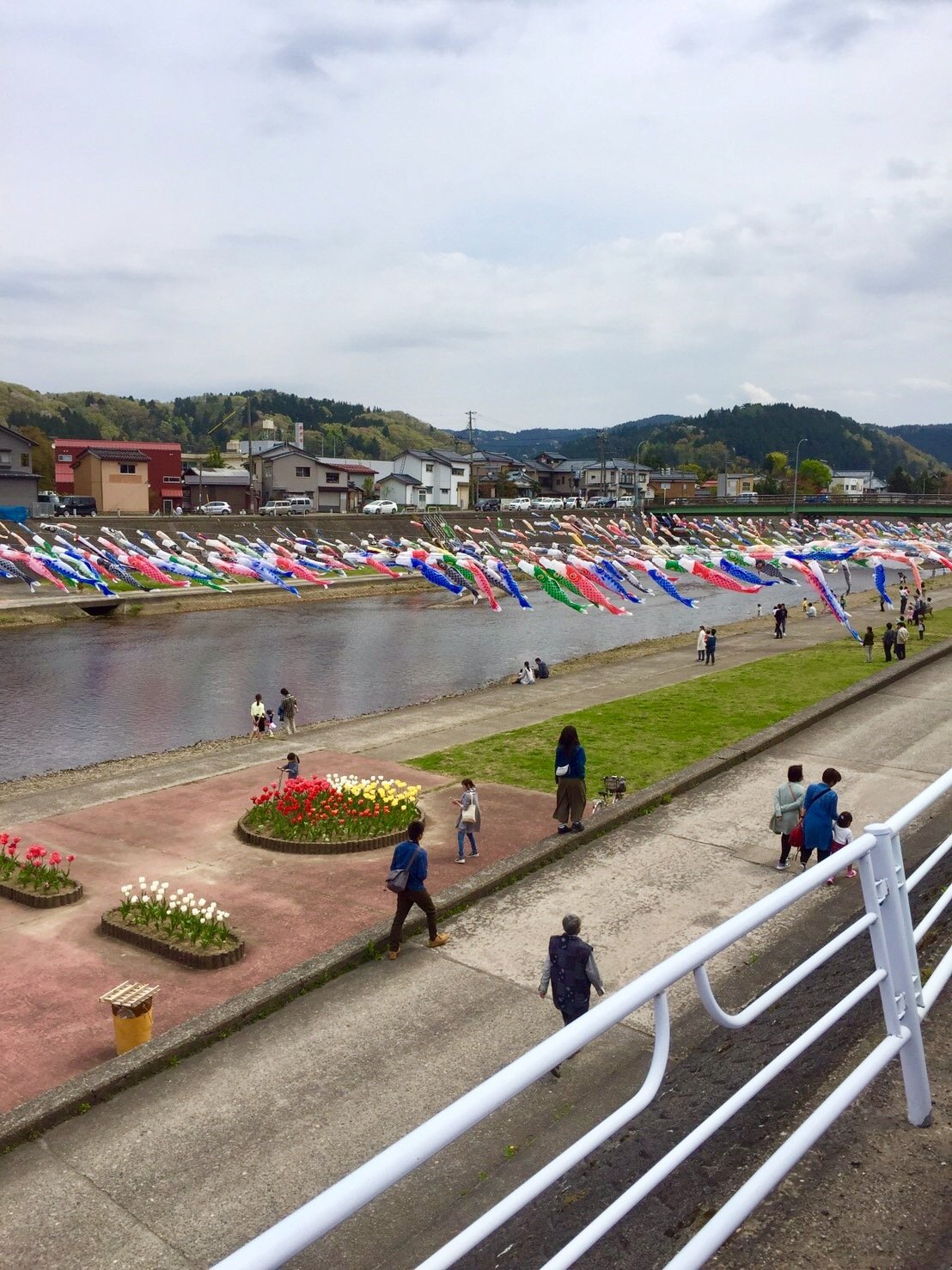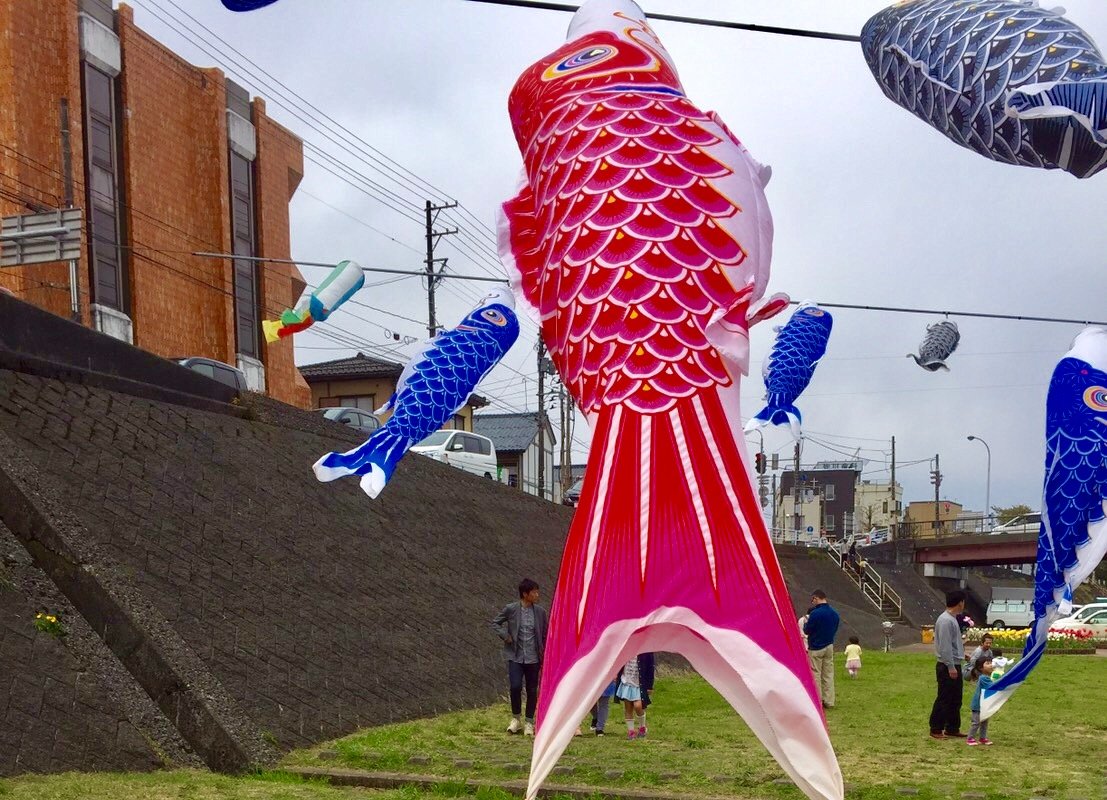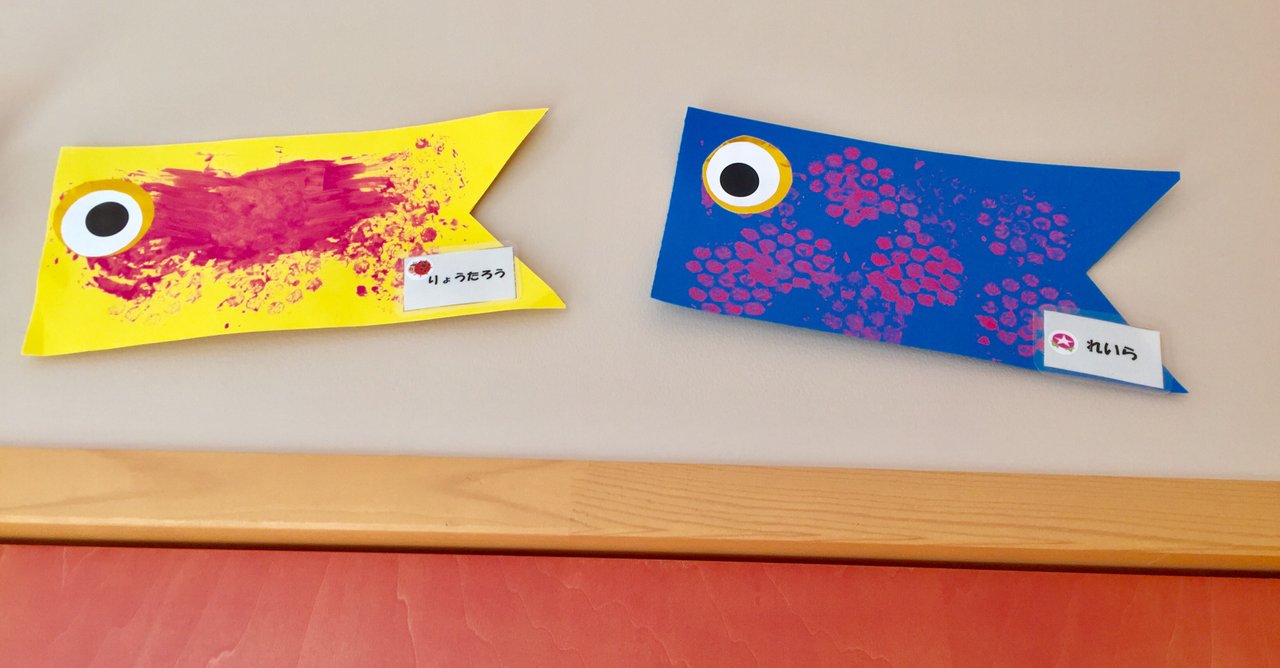Explore everyday life in Japan

Come to Japan at the end of April or beginning of May and you are bound to see windsocks of varying sizes painted as koi fish flying in many places.
Sometimes they will be hanging from ornamental poles in front of houses. Sometimes they will be tacked to walls in schools and office buildings. Sometimes they will be strung up high on tall flagpoles and flapping furiously in the wind. Other times they will be hung out over rivers and displayed in large numbers.
These windsocks are decorations for Children’s Day, a national holiday in Japan that takes place on May 5. They represent the hopes and prayers that parents and adults have for children to grow up strong and healthy and they are connected to beliefs and customs that were brought over to Japan from China more than a millennium ago.

In Japan, koi are known for their strength and durability. Before dying, they overcome many obstacles and return to the tributary of their birth by fighting strong currents and swimming upstream. Some, it is believed, are even able to leap up tall waterfalls. In accordance with an old Chinese legend that spread to Japan many years ago, koi fish that climbed to the tops of waterfalls were once thought to turn into dragons and be able to ascend to heaven.
It is characteristics like these and old legends like this that have helped koi fish become a symbol of strength, perseverance, and great attainment in Japan. And it is characteristics like these that are embodied by the koi windsocks flown in Japan at this time of year and wished upon the children here.

Just as children in other countries around the world are likely to sing songs and make arts and crafts celebrating holidays like Easter, Halloween, Christmas, and Hanukah at their pre and elementary schools, children in Japan often learn a koi-nobori song and make koi-shaped windsocks out of paper and other craft materials.
I can't guarantee it, but I imagine that many refrigerators around Japan will soon be decorated with one or more of these koi paper crafts.

Image Credits: The second and third images in this post were taken by my wife. The first and fourth were taken by me. The video was found on Youtube.
This is an ongoing series that will explore various aspects of daily life in Japan. My hope is that this series will not only reveal to its followers, image by image, what Japan looks like, but that it will also inform its followers about unique Japanese items and various cultural and societal practices. If you are interested in getting regular updates about life in Japan, please consider following me at @boxcarblue. If you have any questions about life in Japan, please don’t hesitate to ask. I will do my best to answer all of your questions.

